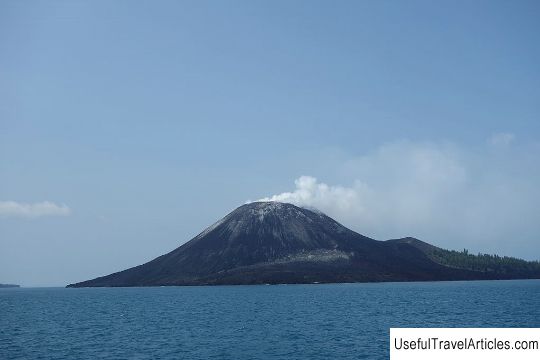Sinabung Volcano in Indonesia, Sumatra Resort
Rating: 8,3/10 (1529 votes)  Sinabung is an active stratovolcano in the northern part of Sumatra. The period of the volcano's formation is the Pleistocene, the height is 2460 meters. Almost nothing is known about the prehistoric eruptions of Sinabung. The first volcanic eruptions in the history of mankind, according to historians, occurred about 400 years ago and were not catastrophic, but at the very beginning of the 21st century Sinabung, apparently, decided to make up for lost time. In the summer of 2010, a large release of ash and smoke was recorded to a height of about 1.5 km, due to which more than 12 thousand local residents left their homes, but no one was injured. In the fall of 2013, Sinabung woke up again, this time the column of volcanic ash rose one and a half times higher, but the power of this cataclysm cannot be compared with the next, last volcanic eruption. In the winter of the next year, for several days, Sinabung threw columns of ash into the air thirty times, the height of which reached 4000 meters, and sixty times erupted flows of lava, which spread 5 km south of the volcano. As a result of the natural disaster, the surrounding 12 villages were almost completely empty; according to various estimates, from 20 to 25 thousand people left their homes. Currently, the seismic situation in the vicinity of the volcano continues to remain threatening.    
We also recommend reading Gunung Loser National Park in Indonesia, Sumatra Resort Topic: Sinabung Volcano in Indonesia, Sumatra Resort. |




